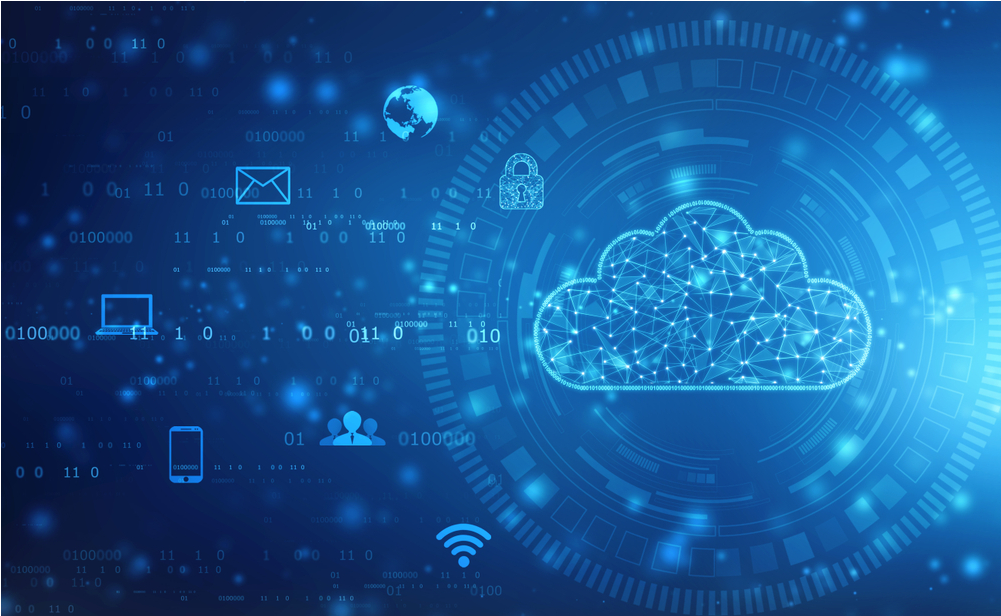Since the past decade, cloud services have globally risen over each year with a valuation of around $400 billion in the past year itself. The fact that excessive creation and use is everywhere invites the necessity of surplus data storage. Furthermore, with more inventories and repositories for data storage, physical storage has become obsolete, opening doors for cloud storage for all corporate and non-corporate data. Thus, data being an inevitable factor for corporate accounts to demand cloud adoption frameworks in 2021.
Cloud Adoption by Businesses and Enterprises
The cloud has been the most efficient and effective data storage solution compared to any individual storage platforms. They are ideal for data generation, creating innovative solutions, data operations, and enhanced scalability; cloud solutions have expanded globally, allowing enterprises and organizations to develop innovative business processes that align with their business competencies instead of spending on IT infrastructure that usually gets redundant after a certain point in time.
The mid-year in 2020 created opportunities for more cloud-based solutions because of the remote work facilities. With uncertainties because of the pandemic situation around, it pushed organizations to switch to cloud adoption frameworks and cloud technologies as a part of their business continuity plan in 2021. As a result, more and more businesses migrated to cloud-based frameworks and solutions to provide a remote work environment for their clients and employees. Within no time, the cloud has become an inevitable part of the business continuity plan in 2021. It is soon going to be a notable factor for organization growth in coming years. It will be no surprise that cloud services will grow around 20% in the next quarter of 2021 as per some forecasts.
Pros and Cons of Cloud-based service models to Business Continuity Plan in 2021
| Cons | Pros |
| Casual downtime and failures in data centers | Always up |
| Need updates about cloud providers and their processes of data backup | Automatic and secured backups |
| Get clarity on understanding security and backup processes and plans | No need to install and manage cloud services onsite |
| Cloud security is not trusted by most professionals and cybersecurity organizations | Dedicated security experts for monitoring and safeguarding setup 24/7 |
| Need to invest more in personnel, resources, and other environmental assets | Purchase on the go |
Cloud Benefits
Cloud offers secure, error-free, and timely data backup and recovery with less human intervention. While the traditional recovery platforms often consume hours and days for data migration and recovery from on-premise data storage or servers to drives.
Here is a look at the undeniable role cloud plays in business continuity:
- Reduced downtime
- Reduced recovery time
- Offers better network management.
- Enhanced information security management
- Offers regular backup.
- Offers plans for every business need with improved security and maintenance.
- Eliminates the time to visit onsite premises in emergencies or uncertain conditions
- Summing it all, cloud adoption is the present and the future.
- To stay steady and secured with your data, it is high time that businesses should switch to the cloud if not done already.
Learn more about the event: Digital Transformation Summit Series
Event by Exito Media Concepts

